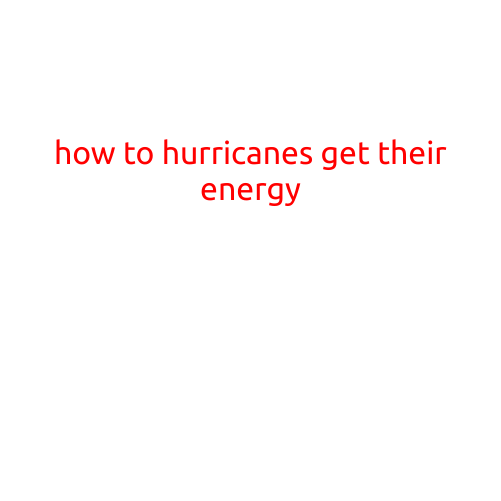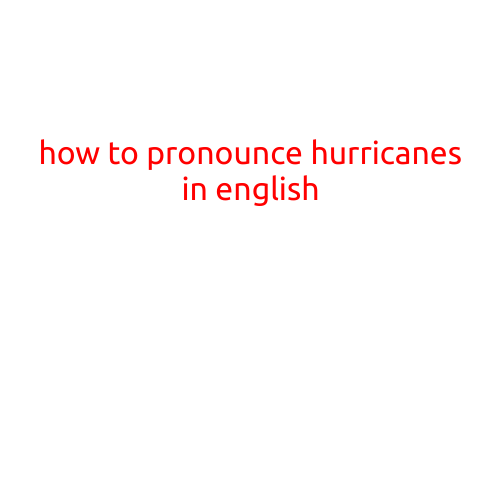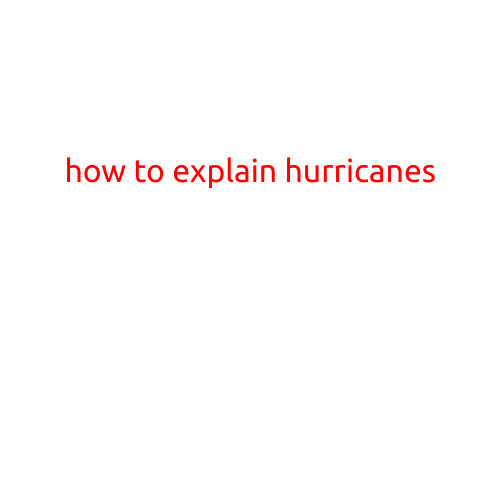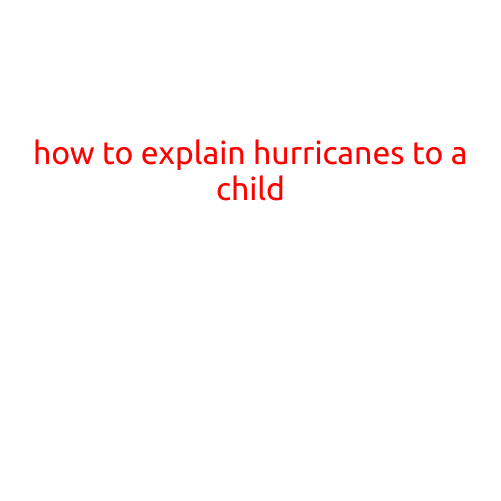
How Hurricanes Get Their Energy
Hurricanes are powerful and destructive natural disasters that affect millions of people around the world every year. But have you ever wondered how these massive storms get their energy? The answer lies in a combination of factors, including the ocean, the atmosphere, and the Earth itself.
The Role of Warm Ocean Waters
Hurricanes are born in the warm waters of the tropics, where the ocean is a balmy 26.5°C (80°F) or warmer. The warmth of the ocean heats the air above it, causing it to rise and create an area of low pressure. This is because warm air is less dense than cool air, so it rises, creating a void that pulls more air into the system.
As the air rises, it cools, and the water vapor in the air condenses, forming clouds and releasing heat. This process is known as latent heat release, and it’s a crucial part of the energy cycle of a hurricane.
The Importance of Moisture
Moisture is a critical component of a hurricane’s energy cycle. When the air rises, it cools, and the water vapor in the air condenses, releasing heat. This heat is what fuels the storm’s growth and intensification.
The more moisture that’s available in the air, the more energy the storm will be able to extract from the ocean. This is why hurricanes that form over warm ocean waters tend to be stronger and more destructive than those that form over cooler waters.
The Role of Wind Shear
Wind shear, which is a change in wind direction and speed with height, also plays a critical role in a hurricane’s energy cycle. Hurricanes need a certain amount of wind shear to form and maintain their structure. Too much wind shear can disrupt the storm’s circulation and prevent it from intensifying.
However, a certain amount of wind shear is necessary to help the storm build up its strength. As the storm’s circulation strengthens, it creates an area of low pressure near the surface, which pulls in more air from the surrounding area. This enhances the storm’s circulation and allows it to extract more energy from the ocean.
The Impact of Topography
The shape and elevation of the surrounding terrain can also influence a hurricane’s energy cycle. Mountains and hills can disrupt the storm’s circulation, causing it to weaken or dissipate. However, a hurricane that forms in a relatively flat area, such as a coastal plain, can continue to extract energy from the ocean and maintain its strength.
The Role of Atmospheric Conditions
Atmospheric conditions, such as the presence of upper-level winds and the position of high-pressure systems, can also affect a hurricane’s energy cycle. These conditions can either enhance or suppress the storm’s development and intensification.
Conclusion
In conclusion, hurricanes get their energy from a combination of factors, including warm ocean waters, moisture, wind shear, topography, and atmospheric conditions. Each of these factors plays a critical role in the energy cycle of a hurricane, and a disturbance that doesn’t have the right combination of these factors may not develop into a full-fledged hurricane.
By understanding how hurricanes get their energy, we can better predict their behavior and prepare for their impact. This knowledge is critical for saving lives and reducing the damage caused by these powerful storms.





